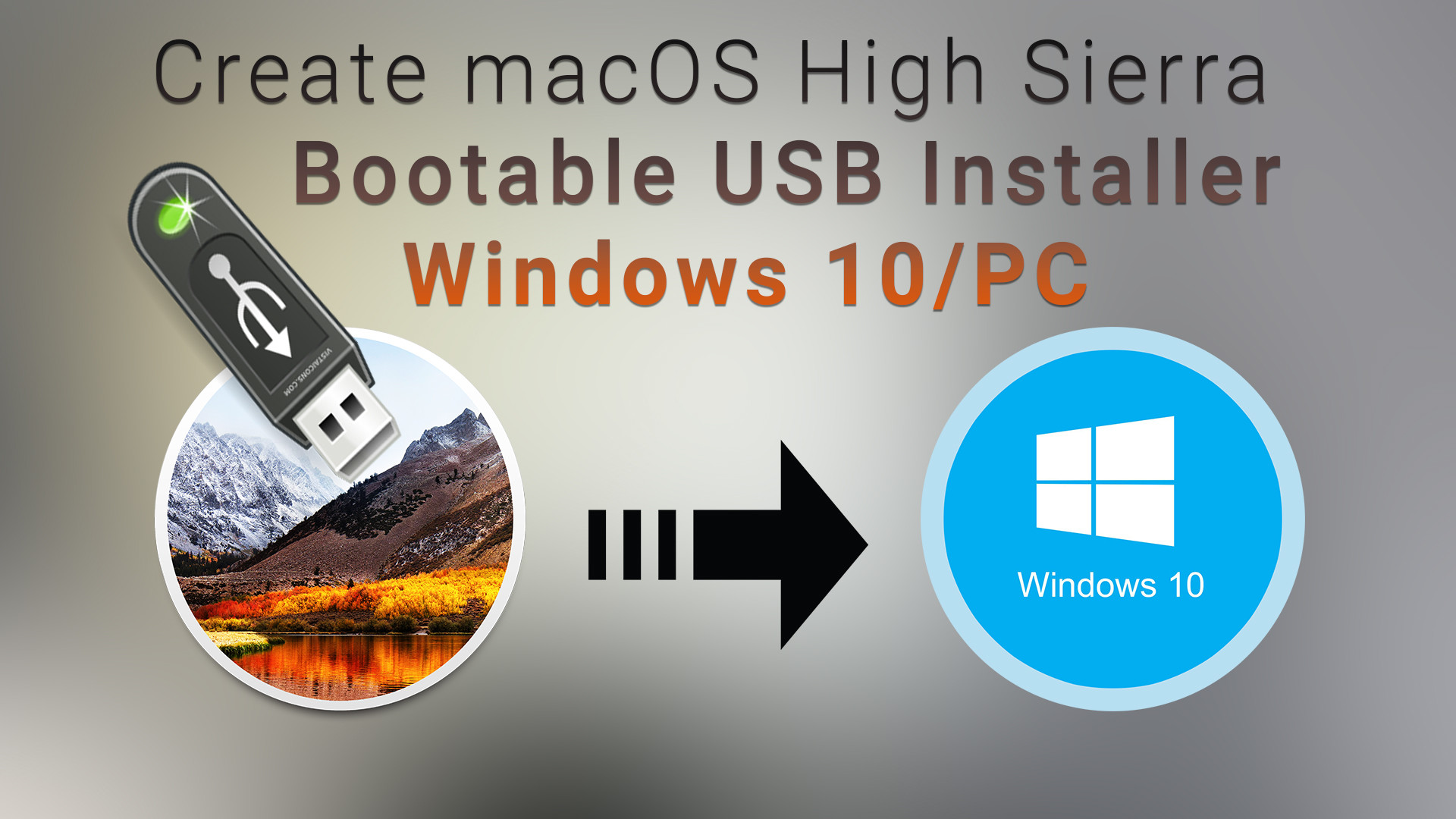
- #MAC OSX INSTALLER FOR WINDOWS FOR MAC OS#
- #MAC OSX INSTALLER FOR WINDOWS MAC OS X#
- #MAC OSX INSTALLER FOR WINDOWS INSTALL#
- #MAC OSX INSTALLER FOR WINDOWS SOFTWARE#
- #MAC OSX INSTALLER FOR WINDOWS PASSWORD#
In a school or university, shared accounts can be used to track printing by departments, classes, or subjects.

Organizations like legal firms, engineering firms, or accounting offices often have long lists of accounts, projects, clients, or matters. For example, in business, shared accounts can be used to track printing costs by business unit, project, or client. If the user needs the User Client for printing (for example, to use the shared account A shared account is an account that is shared by multiple users. Test the application by double-clicking the PCClient application icon in the system's local Applications folder.
:max_bytes(150000):strip_icc()/SelectDisk-56a5d51f3df78cf7728a0fc9.jpg)
#MAC OSX INSTALLER FOR WINDOWS INSTALL#
(If installing on a legacy system (OS X 10.6 or earlier), you must install the legacy client located in the legacy folder.) This executes a small AppleScript program that starts the install/copy process. For the most recent and up-to-date information on current best practices, see the Knowledge Base.ĭouble-click the client-local-install file.
#MAC OSX INSTALLER FOR WINDOWS FOR MAC OS#
The legacy client will not receive future feature enhancements.Īpple has switched to a yearly release cycle for Mac OS X, which means it is difficult to keep this documentation up to date. It is a universal application that runs on both PowerPC and Intel hardware.
#MAC OSX INSTALLER FOR WINDOWS MAC OS X#
The legacy client, which supports Mac OS X versions from 10.4 to 10.6. The current client, which supports Mac OS X 10.7 (Mountain Lion) and above. The User Client is delivered in two flavors:
#MAC OSX INSTALLER FOR WINDOWS SOFTWARE#
The PaperCut Mac User Client software is a supplied as a native Mac. Before installing the client software, review Mac printing in detail and first ensure printing is working as expected. It allows users to view their current account balance via a popup window, provides users with the opportunity to confirm what they are about to print, allows users to select shared accounts via a popup, if administrators have granted access to this feature, and displays system messages, such as the "low credit" warning message or print policy popups. Follow the instructions when the macOS installer opens.This section covers the installation of the PaperCut User Client The User Client tool is an add-on that resides on a user's desktop. Select the volume containing the bootable installer, then select ‘Continue’. Hold the power button until you see the startup options window. Make sure this machine is connected to the internet and supports the macOS version you’re installing. Click ‘Continue’ and follow the instructions.įirst, plug the bootable installer into the Mac you wish to install macOS. Select ‘Install macOS’ or ‘Install OS X’ from the Utilities window. Select the volume that contains the bootable installer. Release the ‘Option’ key when you see a dark screen showing your bootable volumes. Press and hold the ‘Option’ key after turning on or restarting the Mac. Plug the bootable installer into a Mac that’s connected to the internet and is compatible with the macOS version you’re installing. The steps are different, depending on whether you're using an Intel-based Mac or one with Apple silicon. It's now time to use the bootable installer to install a fresh copy of macOS. You've now successfully created a bootable installer that you can use to install macOS on other machines. If asked, click 'OK' to allow the copying of files to proceed. Type 'Y' to confirm that you want to erase the volume, then press 'Return'.
#MAC OSX INSTALLER FOR WINDOWS PASSWORD#
Type your administrator password when prompted, then press 'Return' again. Continue with TerminalĪfter pasting the command above, hit the 'Return' key. Change the name in the command to match your settings, if necessary.įor macOS Big Sur, copy and paste the following into Terminal: sudo /Applications/Install\ macOS\ Big\ Sur.app/Contents/Resources/createinstallmedia -volume /Volumes/MyVolumeįor macOS Catalina: sudo /Applications/Install\ macOS\ Catalina.app/Contents/Resources/createinstallmedia -volume /Volumes/MyVolumeįor macOS Mojave: sudo /Applications/Install\ macOS\ Mojave.app/Contents/Resources/createinstallmedia -volume /Volumes/MyVolumeįor macOS High Sierra: sudo /Applications/Install\ macOS\ High\ Sierra.app/Contents/Resources/createinstallmedia -volume /Volumes/MyVolumeįor OS X El Capitan: sudo /Applications/Install\ OS\ X\ El\ Capitan.app/Contents/Resources/createinstallmedia -volume /Volumes/MyVolume -applicationpath /Applications/Install\ OS\ X\ El\ Capitan.app 3. With each command, it's assumed the installer is located in your 'Applications' folder and 'MyVolume' is the name of the USB flash drive. The command differs, depending on the macOS version you're going to install. In the next step, you'll enter a command in Terminal. Choose 'Finder' then select 'Go' from the menu bar. Connect the USB flash drive to the computer you wish to install macOS. Once you have your bootable installer ready, it's time to move to the next step.


 0 kommentar(er)
0 kommentar(er)
